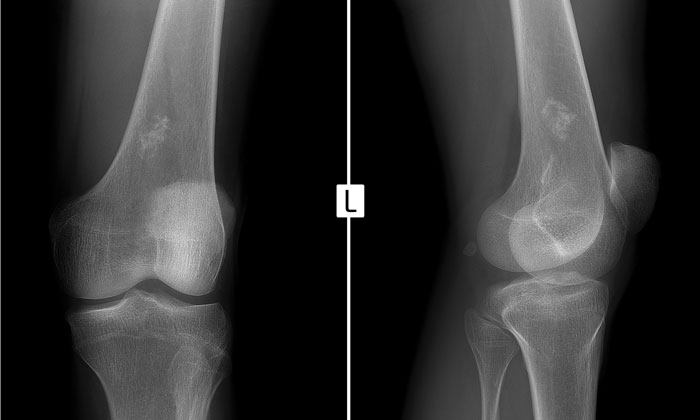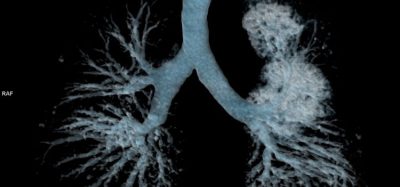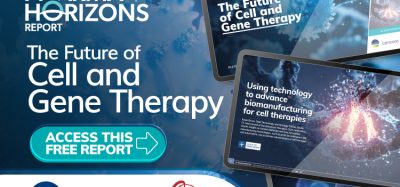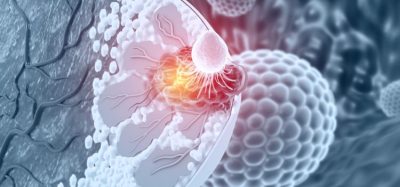New approach identifies existing leukaemia drugs that show promise for Ewing sarcoma treatment
Posted: 31 January 2018 | European Pharmaceutical Review | No comments yet
Scientists in the United States have discovered that two existing FDA-approved drugs, clofarabine (Clolar™) and cladribine (Leustatin™), have a powerful inhibitory impact on Ewing sarcoma cells in the lab.


Based on a novel approach to drug discovery, researchers at Georgetown Lombardi Comprehensive Cancer Center say an agent approved to treat a type of leukaemia might also help young people with a rare and aggressive form of cancer, Ewing sarcoma.
The findings mean that the drug, clofarabine (Clolar™), could soon be tested in a clinical trial for Ewing sarcoma, a cancer found in bone or soft tissue. It predominantly affects young people between the ages of 10 and 20, and while survival can be as high as 70 per cent, treatment-related side effects can produce second cancers, heart problems and infertility.
A more effective treatment
“Our goal is to improve both survival and quality of life for Ewing sarcoma patients, and this drug, when used in combination with other therapies, may do the trick. Our work also provides the knowledge on how to make safer derivatives with fewer side effects for Ewing sarcoma patients,” says Aykut Üren, MD, Associate Professor of Molecular Biology at Georgetown University School of Medicine and a member of Georgetown Lombardi.
Üren worked with a team of investigators from Georgetown Lombardi, as well as from Italy and Turkey.
The researchers chose a druggable target protein, CD99, which is significantly expressed in Ewing sarcoma cells. CD99 is a transmembrane protein – one end sticks out on the cancer cell surface and the other end is inside of the cell. In fact, the very definition of Ewing sarcoma includes the fact that these cells express CD99 protein. Researchers don’t understand the function of CD99, but prior research using experimental monoclonal antibodies that bind to, and inhibit, CD99 were shown to halt tumour progression in laboratory models.
Approaching Ewing sarcoma research differently
The team took what they say is an unconventional approach to searching a National Cancer Institute database of 2,607 compounds to find one that could potentially help Ewing sarcoma patients. Rather than searching for a molecule that perfectly fits into a pre-selected groove in the CD99 structure, they looked to see if anything would bind anywhere on the protein. They then observed what happened when these molecules stuck together.
They found 150 compounds that could link on to CD99, but only two had a beneficial function. Both were FDA-approved drugs, the first being clofarabine and the second, cladribine (Leustatin™) – used to treat hairy cell leukaemia, B-cell chronic lymphocytic leukaemia and multiple sclerosis.
Üren says that while both drugs “drastically” inhibited the growth of Ewing sarcoma cells in lab and animal studies, clofarabine “decimated” the cancer.
The study also revealed that when the two FDA approved drugs bind onto CD99, they work on both the outside and inside. “It is the inside action of the drugs – their ability to alter DNA metabolism – that produces the known toxicity associated with them,” Üren says.
“We believe it is sufficient to act only on the outside of the protein to kill Ewing sarcoma cells. Therefore, a derivative of clofarabine – just the part that latches onto CD99 without activating it – would likely work very well in the treatment of Ewing sarcoma.” But he adds that clofarabine in its existing form should, and could, soon be tested as a treatment.
Üren also says that the study offers tantalising clues that inhibiting CD99 may work as a treatment for other cancers, or for a number of immune disorders that display these proteins.
Related topics
Anti-Cancer Therapeutics, Cellular Imaging & Analysis (CIA), Drug Development, Drug Targets









